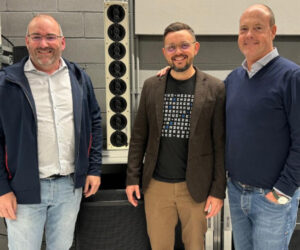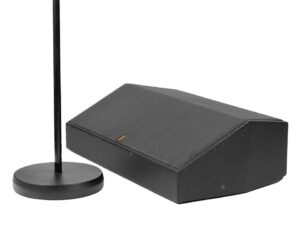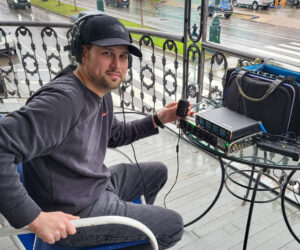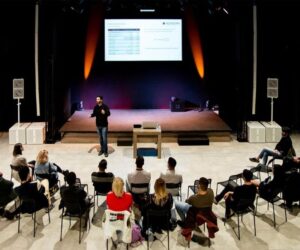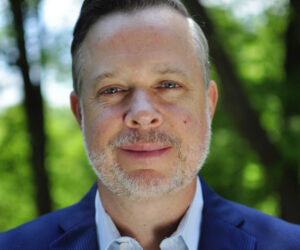As its first conference since David Cameron became prime minister, the 2010 Conservative Party Conference was of particular importance to the party, and it provided a considerable test for the DiGiCo SD9 digital console as well.
Sound reinforcement for the event, held at Birmingham’s ICC’s Symphony Hall, was provided by RDC Audio for the third year running, working with conference production company Blueway.
With the world’s media providing extensive coverage on radio, television, online and in the newspapers, it was vital that every word of every speech came across loud and clear to the hundreds of journalists, as well as the 2000 party delegates in the hall itself.
“We purchased the SD9 via Wigwam Sales Department and there are a number of reasons why it’s ideal for this kind of job,” says RDC’s Steven Neave. “They include the physical number of faders on the surface, the split banks of faders, flexibility of fader assignment and the straightforward layout and patching, all of which make for very fast access around the desk.
“The stereo channels, Cat 5 multicore and external overview screen were additional reasons why we invested in the SD9.”
Audio planning for the conference began in May, which included site visits and discussions with broadcasters and the event’s other production departments.
Primary sound reinforcement duties used the Symphony Hall’s installed PA system, with the addition of infills to cover the front area of the stalls and ground floor under balcony areas. Seven of the SD9’s matrix outputs were used for this, the PA being controlled by two XTA DP448s.
In addition, the console was required to send feeds to a range of other destinations. These included other areas of the ICC and nearby hotels, to internet, radio and television broadcasters.
Further outputs were sent to two mixes for question foldback, plus a range of facilities for hearing impaired delegates – these included in-ear monitors for signers, an induction loop and the house infra red system.
Inputs, meanwhile, came from a range of sources. These included lectern, wireless lavalier and wireless / wired question microphones, plus PC, CD and VT playback.
“This was obviously an extremely important and high profile event, where no compromises could be made and nothing could go wrong,” says Neave. “The SD9’s straightforward layout meant it was very easy to get the most from it for all the engineers who used it, who were also very impressed with its sound quality. It helped make the Conference a great success for all involved.”








